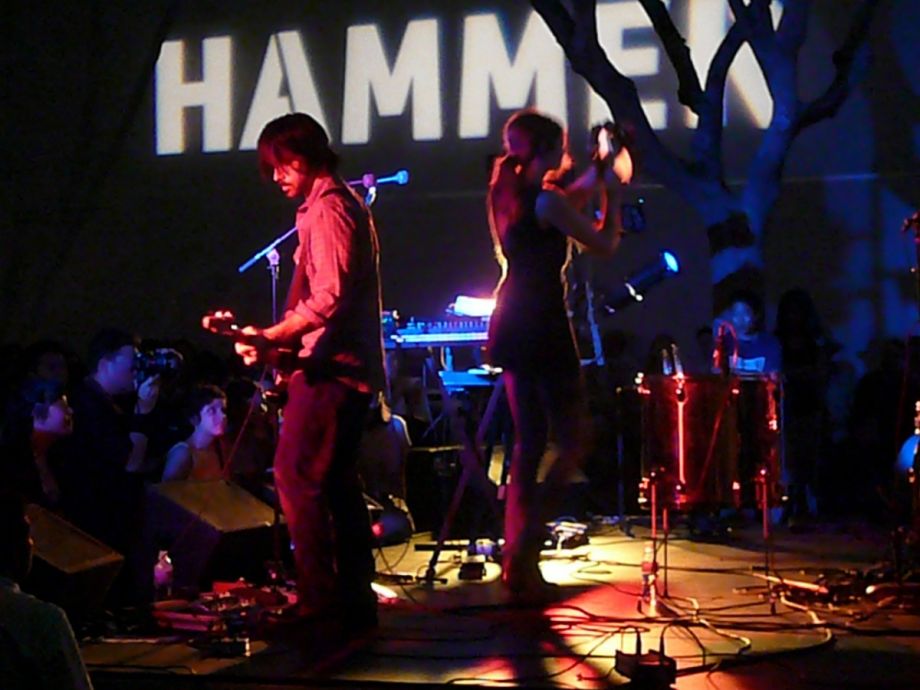Last week, at a Los Angeles panel discussion about cultural equity, Edgar Arceneaux spoke about Watts House Project, the celebrated South Los Angeles neighborhood public artwork that he directs.
“We describe Watts House Project,” Arceneaux said, “as an ongoing collaborative arts project in the shape of an urban redevelopment.” That characterization is right on, and it applies as well to another City / Culture favorite, Houston’s Project Row Houses. Both of the above works, and New Orleans’ Transforma, come at least in part from celebrated artist and visionary Rick Lowe.
City / Culture has covered Transforma here and here. We’ll have more on Project Row Houses in the future, and on Watts House Project – which Arceneaux has helmed and grown for years now – even sooner. But this week, we focus instead on something else Arceneaux said as part of the L.A. panel. He gratefully noted the museum and gallery financial and other support that WHP has received, but pointed out that those entities can’t be expected to fund 100 such projects. That inspiration, and those dollars, will need to come from elsewhere.
Arceneaux didn’t only offer praise for cultural institutions. He challenged them as well. “I’ve been trying to encourage anybody that will listen to me,” Arceneaux said, “to program not just at their location.” As in: Cultural institutions don’t just hold events and run exhibitions on your specific campuses. Get out into different communities.
This model of distributed culture is gaining in popularity. And not just via the obvious food trucks and culinary culture. (Although the bio fuel bus works for the Echo Park Film Center, and as we’ve just read here, for Next American City‘s Tivoni Devor. And: Pasadena’s Side Street Projects has this mobile woodworking lab. Also: Mister Artsee!) A competing – or when done well, complimentary – idea to distributed culture is the
cultural institution as community center.
We’ll start with the former. The City / Culture columnist sits on two boards of directors. One, as noted here, is Outpost for Contemporary Art. The other is the Los Angeles Railroad Heritage Society (http://www.larhf.org/). As it happens, each organization follows the distributed path. Outpost maintains a small headquarters that’s an office, art library, and community room that doubles, if and as needed, as an exhibition or performance space. Most of the projects the organization is involved with take place elsewhere, at various other locations.
The same holds true for the Railroad group. A decade or so ago, the org’s founder Josef K. Lesser asked a staff member at a major museum for advice about building a traditional transportation history museum. The advice, which surprised Lesser at the time, was, don’t do it. So Lesser retreated from early centralized plans and set out instead to set up satellite exhibitions at locations across the region. LARHF provides the display cases, text, objects, and opening night lecture. Five restaurants and an apartment building provide the wall space. Voila. Distributed culture. A museum in six parts – or seven, including the World Wide Web.
The web, of course, makes distributed culture much easier. Physical locations are no longer a must. Ideally, though, the web serves in companion with the physical world. Consider Los Angeles’ Center for Land Use Interpretation. The incomparable CLUI maintains a modest exhibition space, bookstore, offices, and archives at its Culver City headquarters. CLUI holds events in Culver City, but also runs bus tours to out-of-town sites.
CLUI has field offices in Wendover, Utah, Troy, New York, Houston, and the Mojave Desert. And www.clui.org is packed with a lifetime’s worth of invaluable database images and information.
The other model mentioned above, the cultural institution as community center, continues to play out as well. In L.A., the Hammer Museum is a leading advocate of this philosophy, hosting films, concerts, bike nights, Jungian salons, and literary readings.
LACMA has, at least tentatively, all of the above – expect maybe the salons, since Paul Holdengraber’s Institute for Art and Cultures was axed. Opening this Sunday, eatLACMA is all about community, as was last year’s Machine Projects Field Guide.
And MOCA – which depending on finances, keeps three locations around Los Angeles, a distributed institution among itself – has many of the same types of community efforts as LACMA and the Hammer. And two years ago, MOCA added Engagement Parties.
Also, Bettina Korek, of For Your Art, showed City / Culture plans recently for a dream project built on a subway hub that’d be
a one-stop shop – or one-shop stop – for creative community and culture. On that recent cultural equity panel, City / Culture profilee James Rojas sat two seats over from Edgar Arceneaux. Over the centuries, artists have painted landscapes on canvas. Now, Rojas noted of Arceneaux et al., they are “using the landscape as a canvas.” And likewise these days, savvy, budget strapped, partnership-seeking, and community- minded institutions are using the landscape, or a city map, as museum.
Read past City / Culture columns here and contact the columnist.



_920_518_600_350_80_s_c1.jpg)












